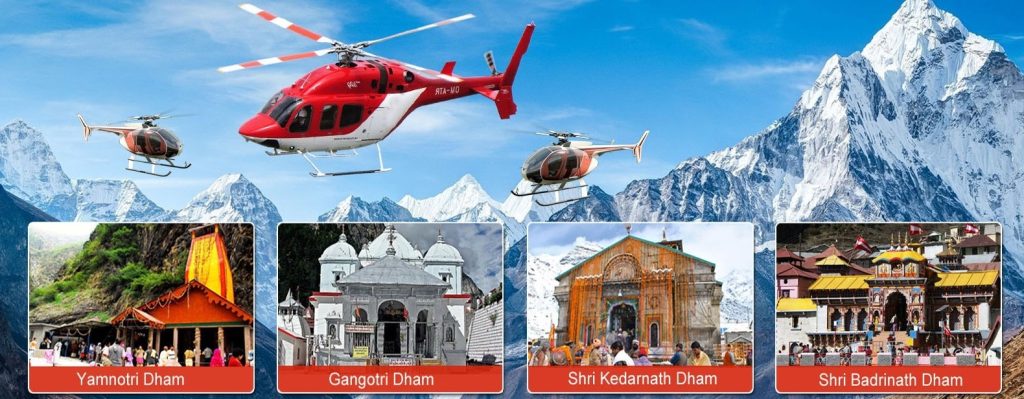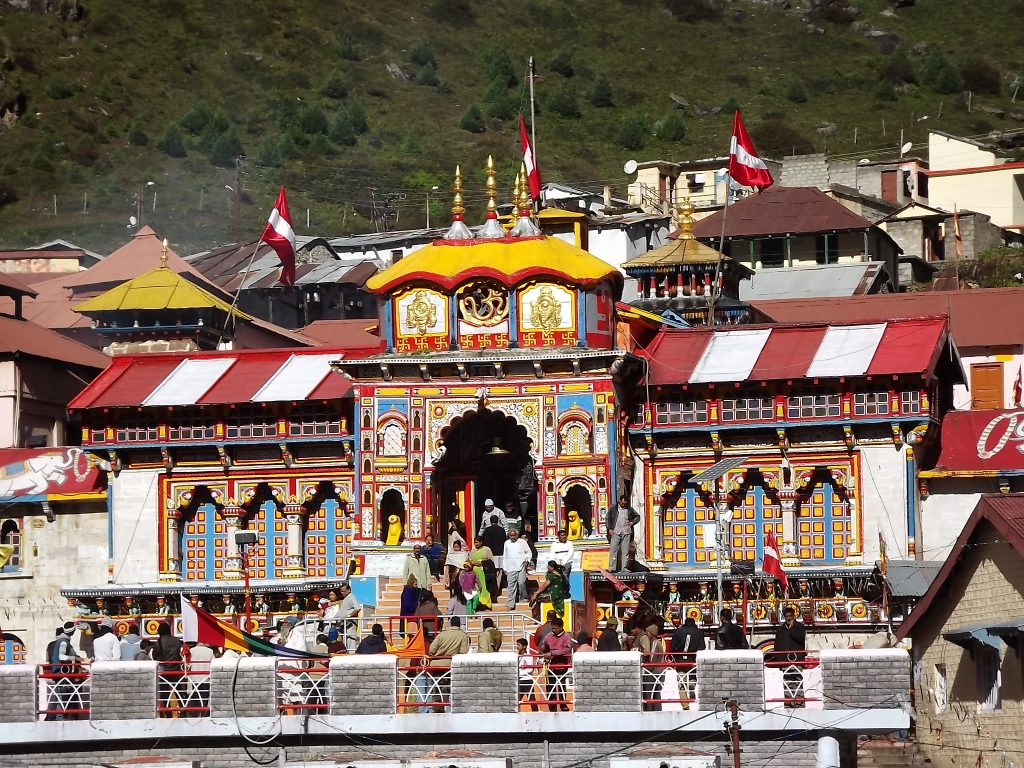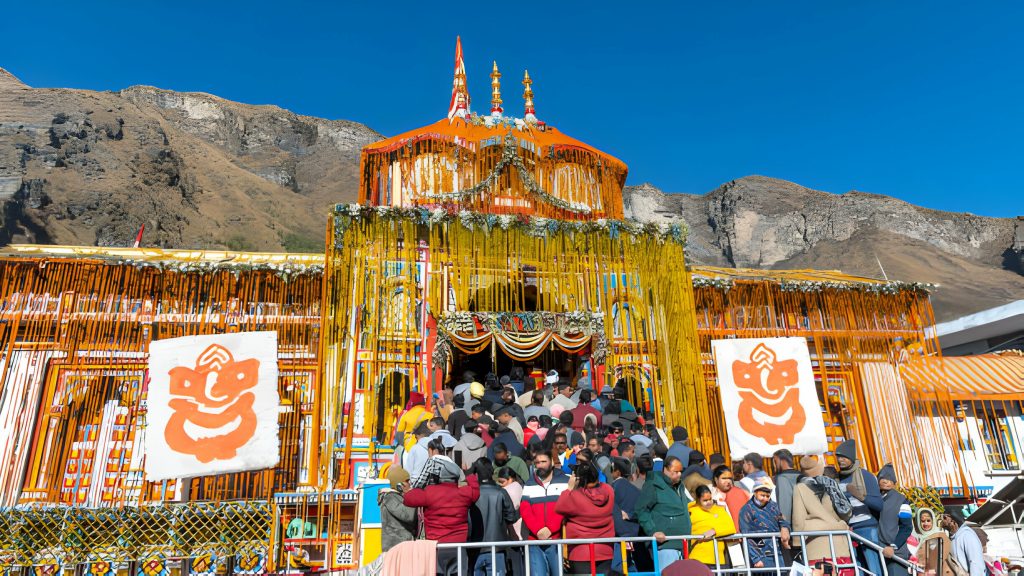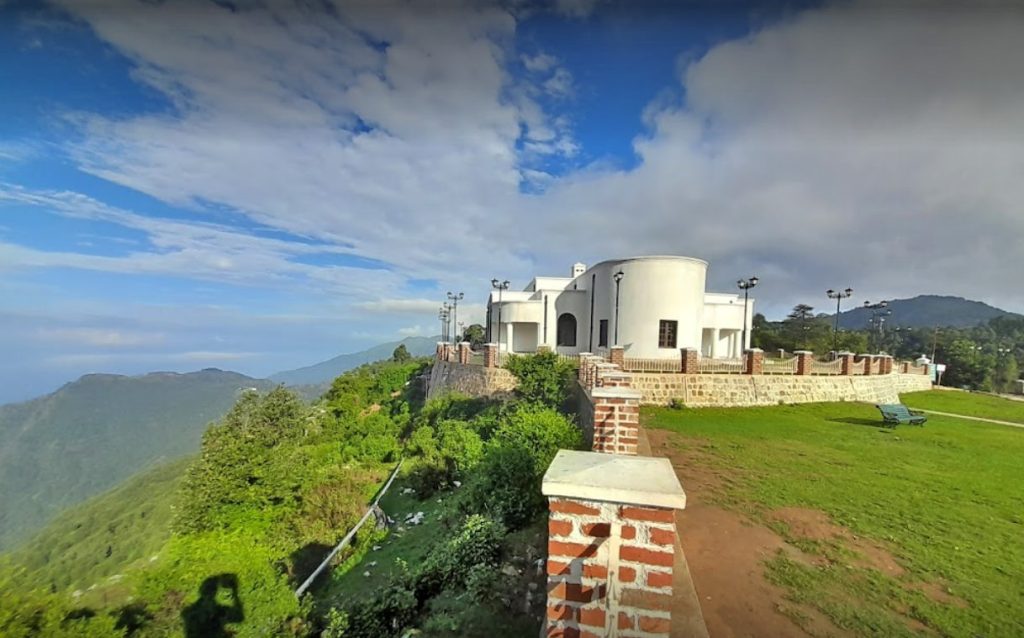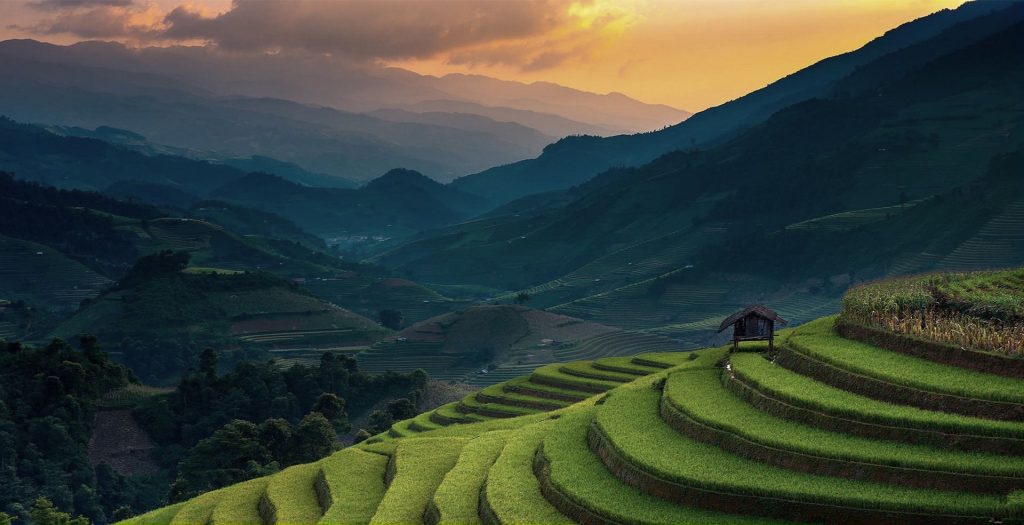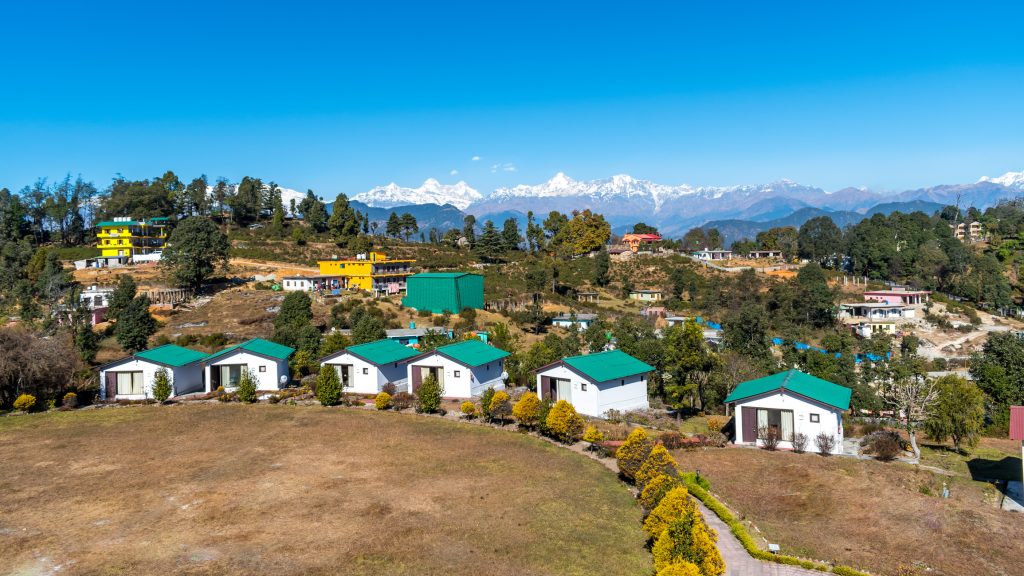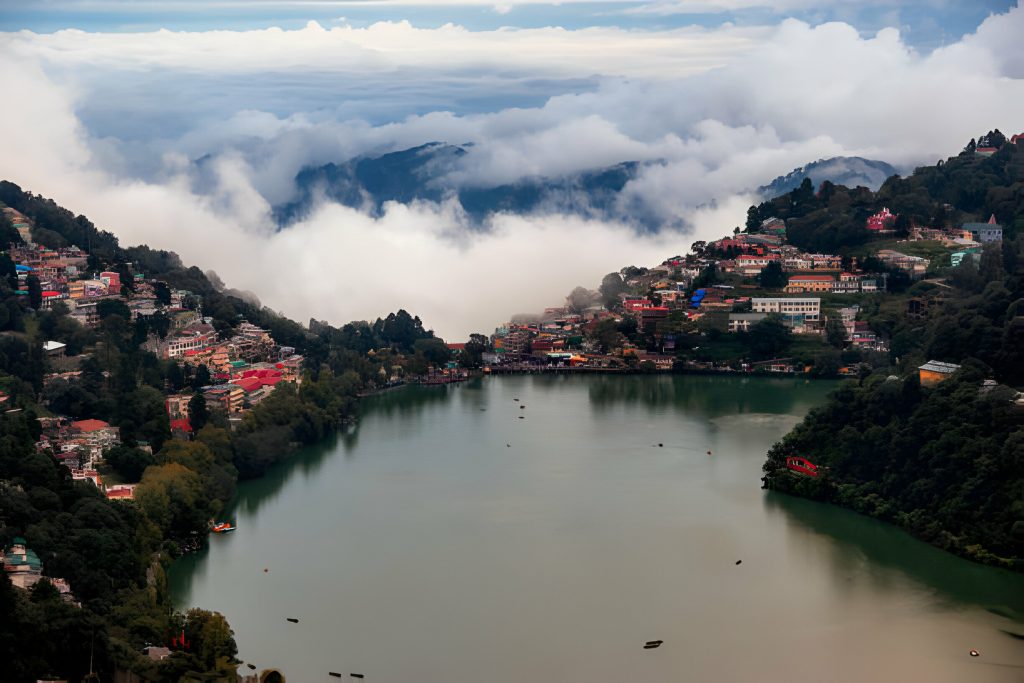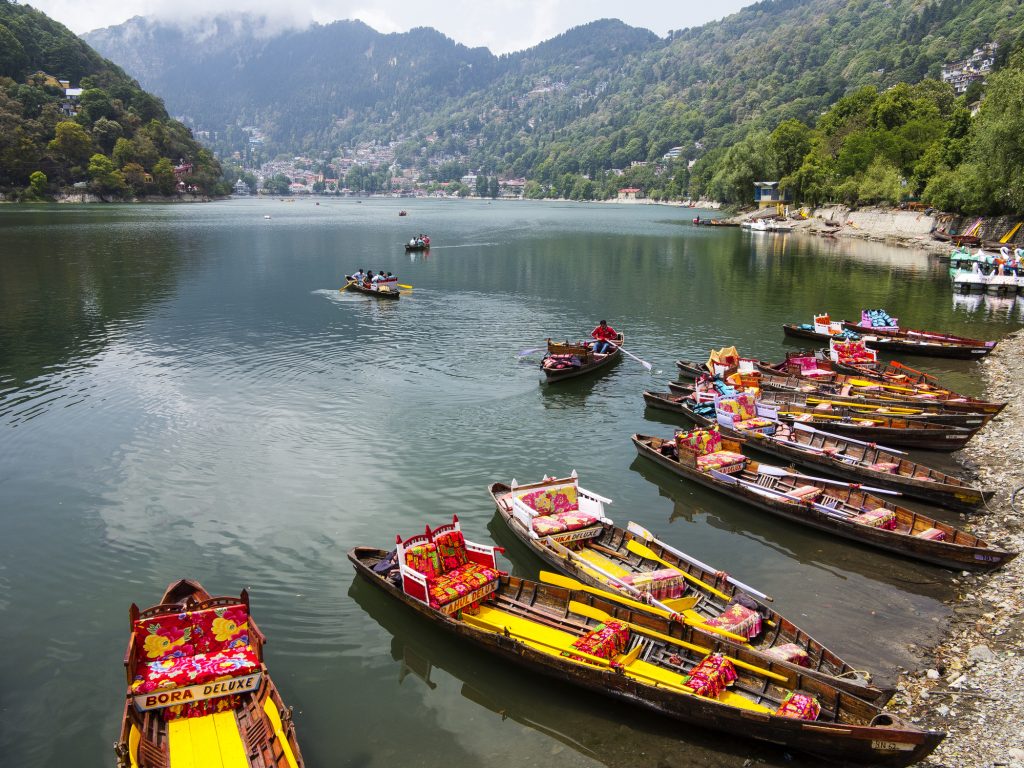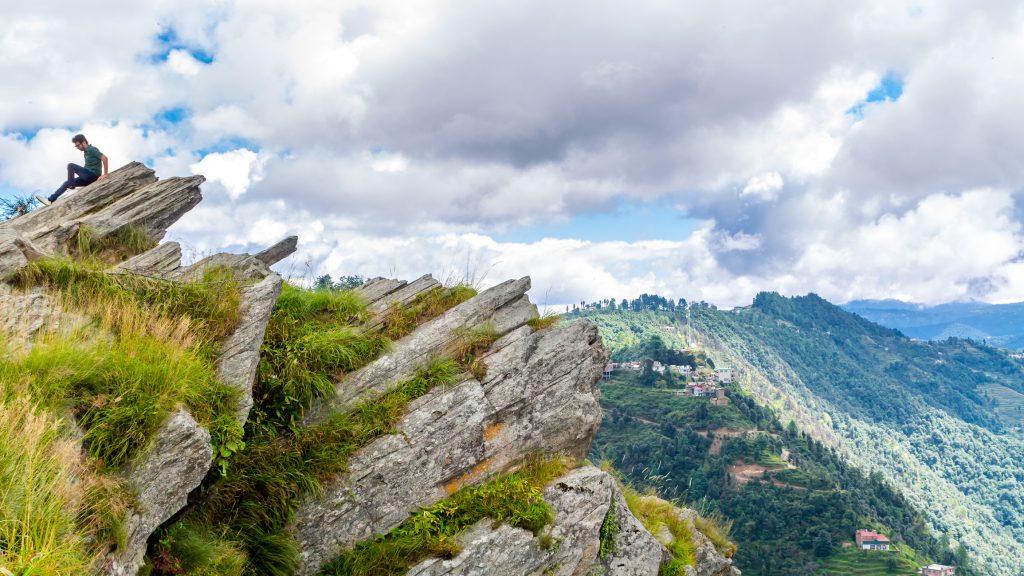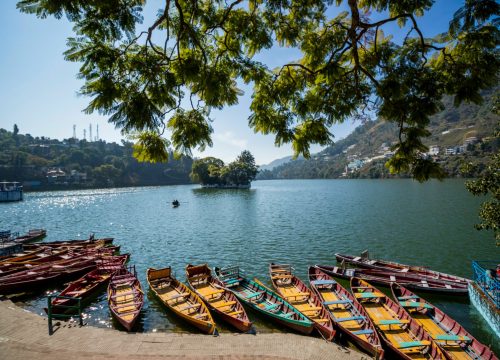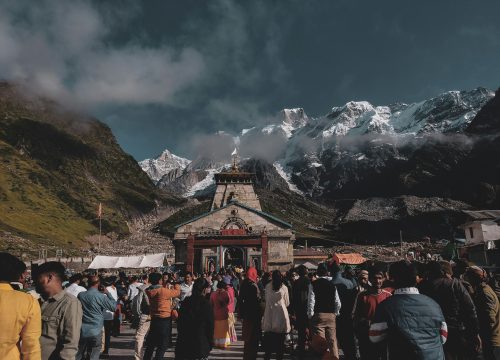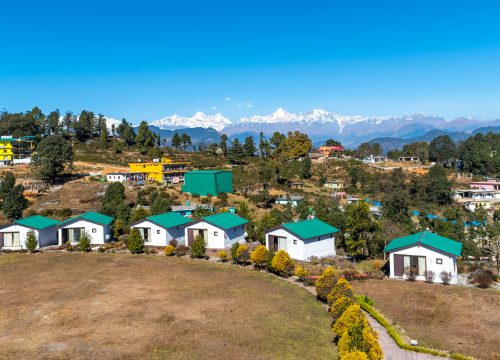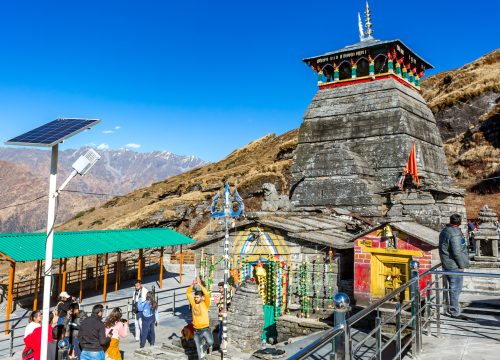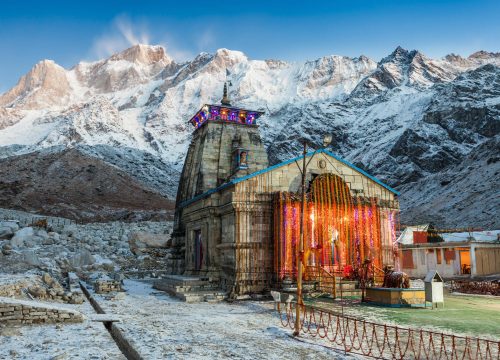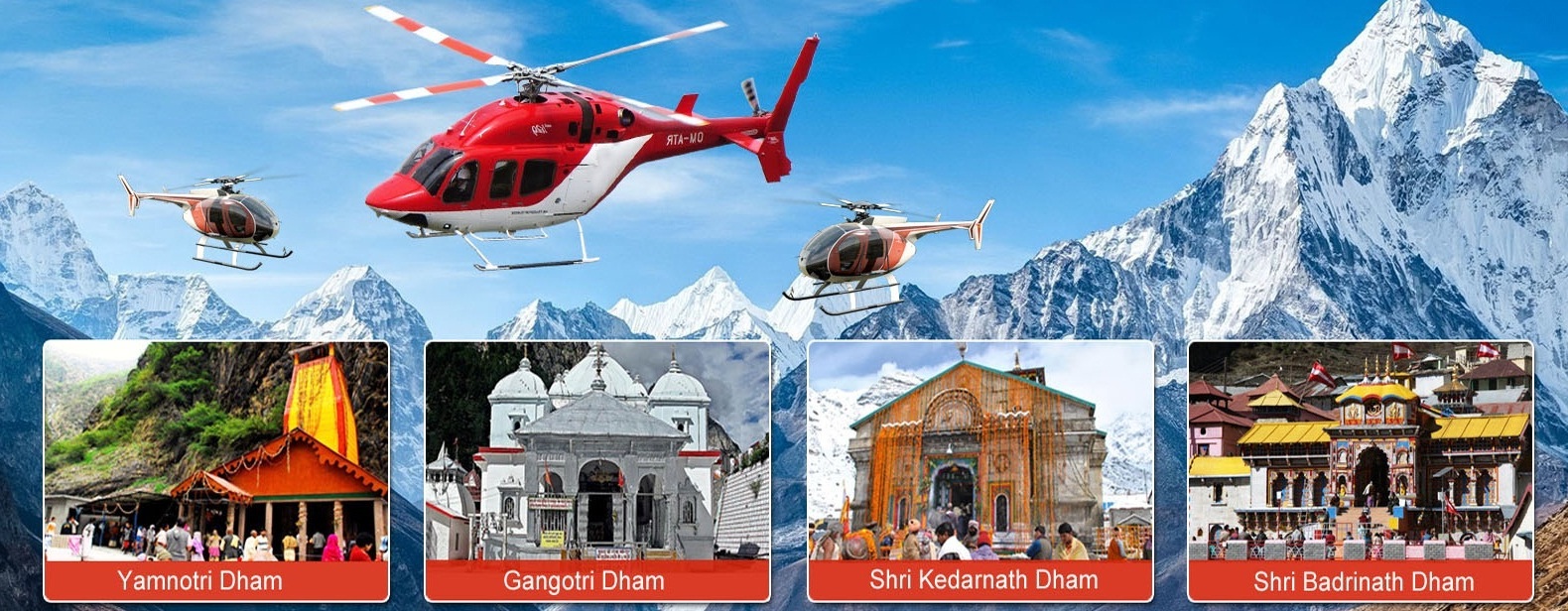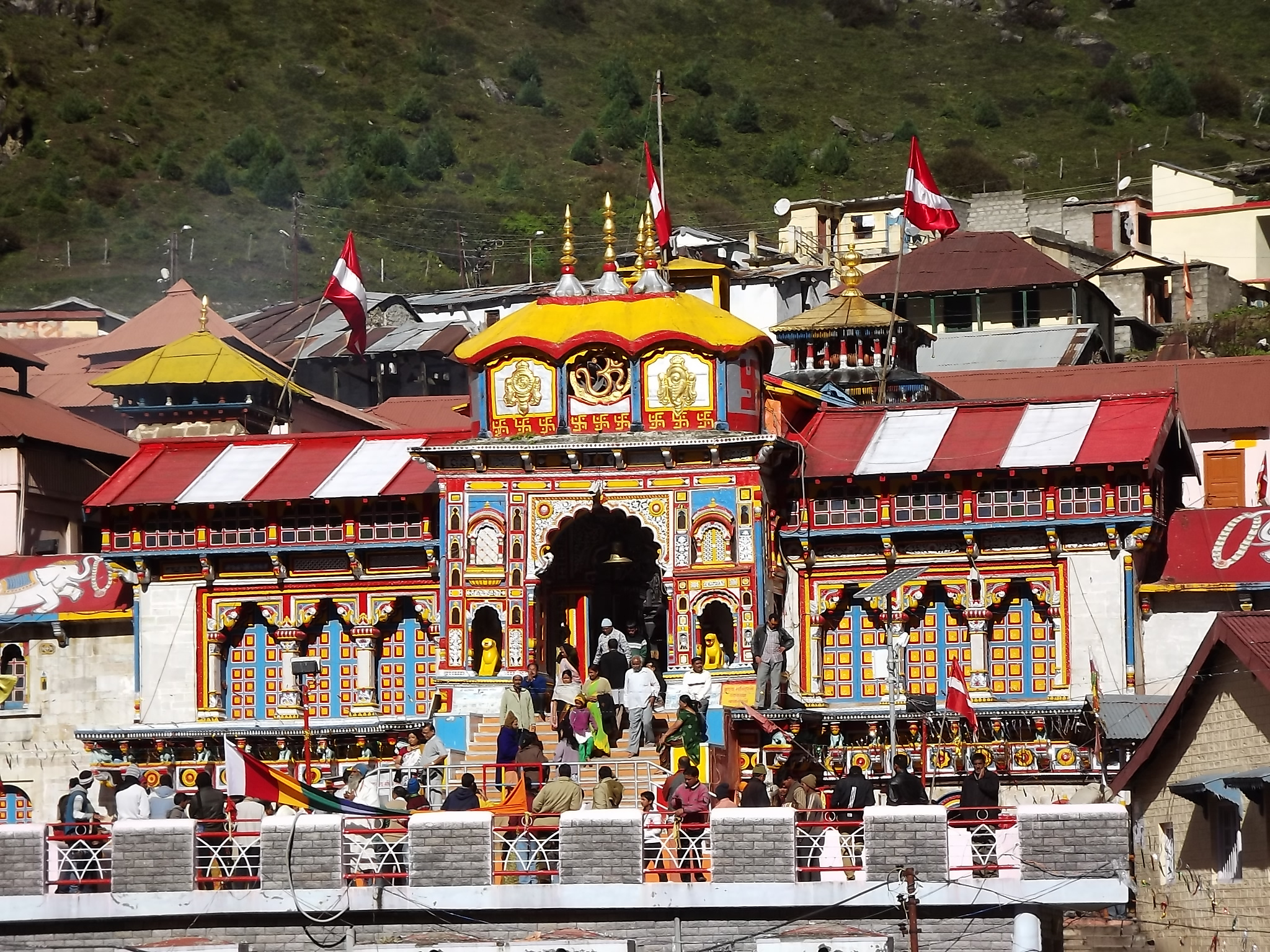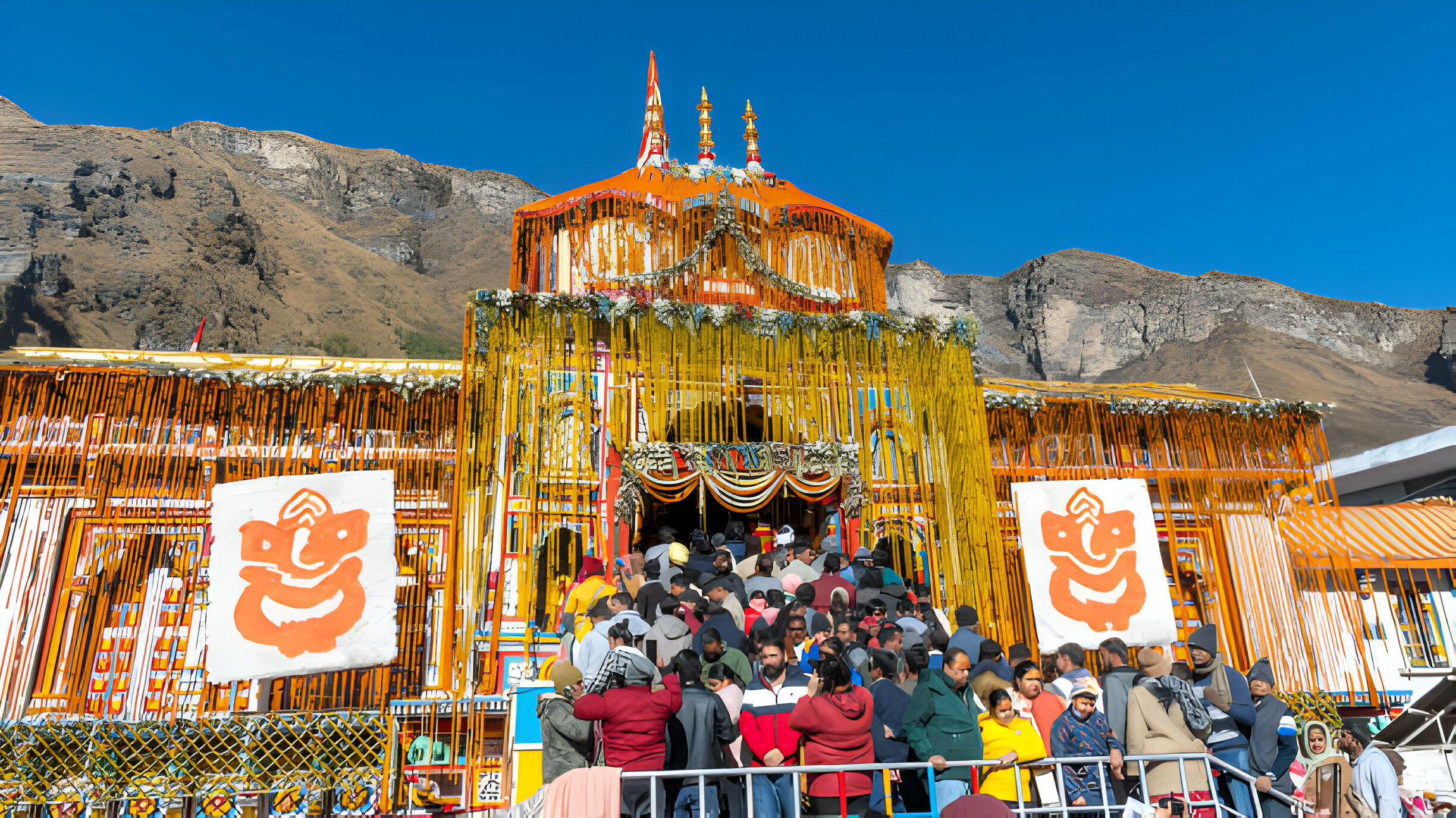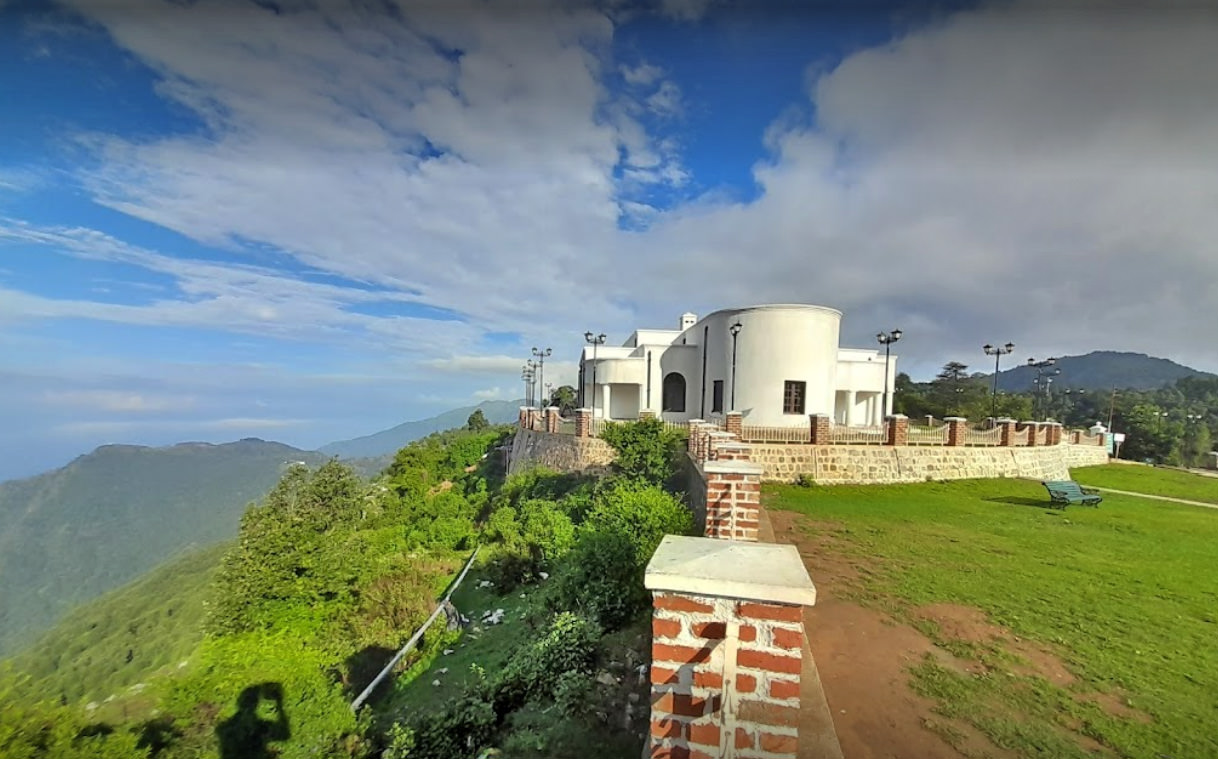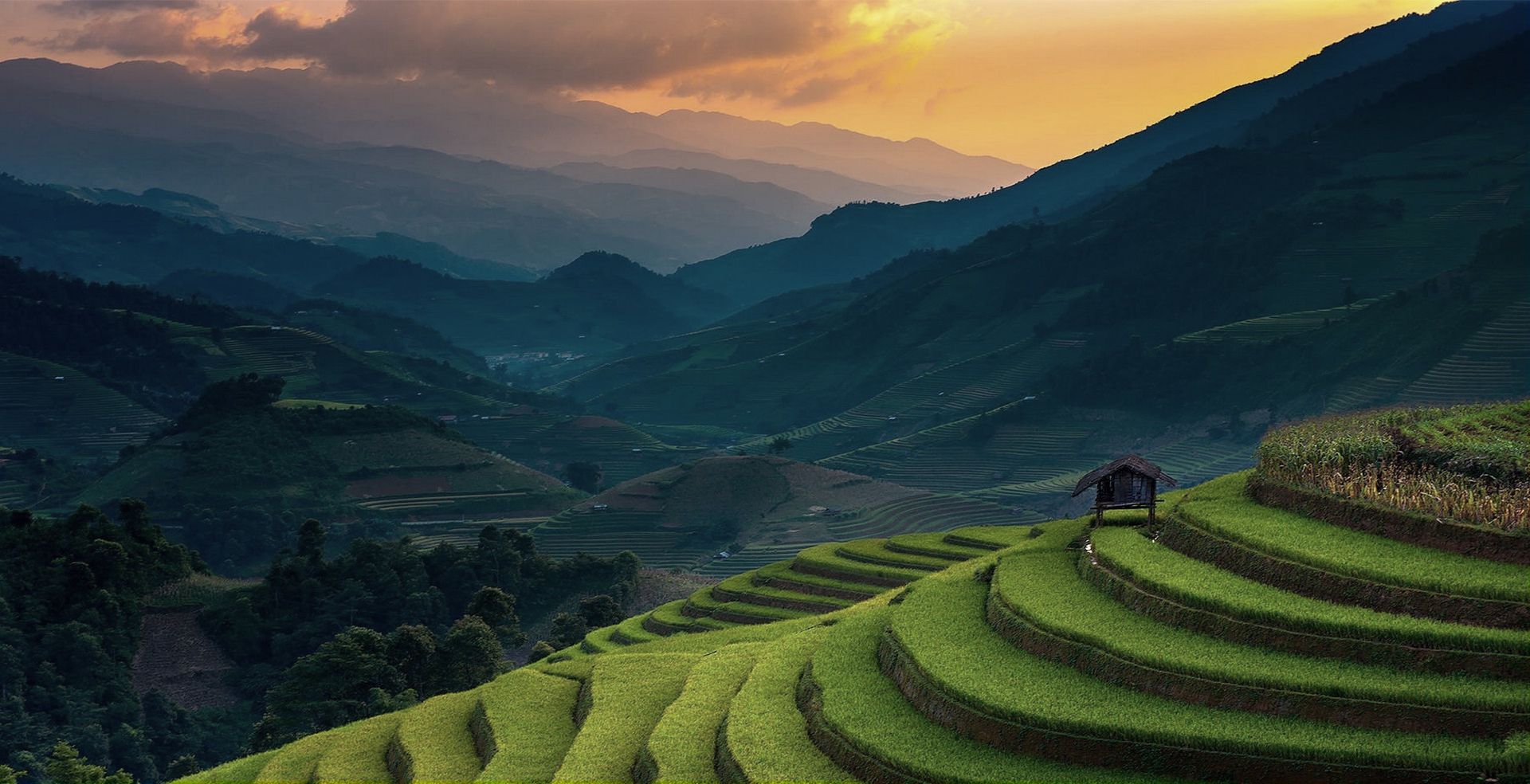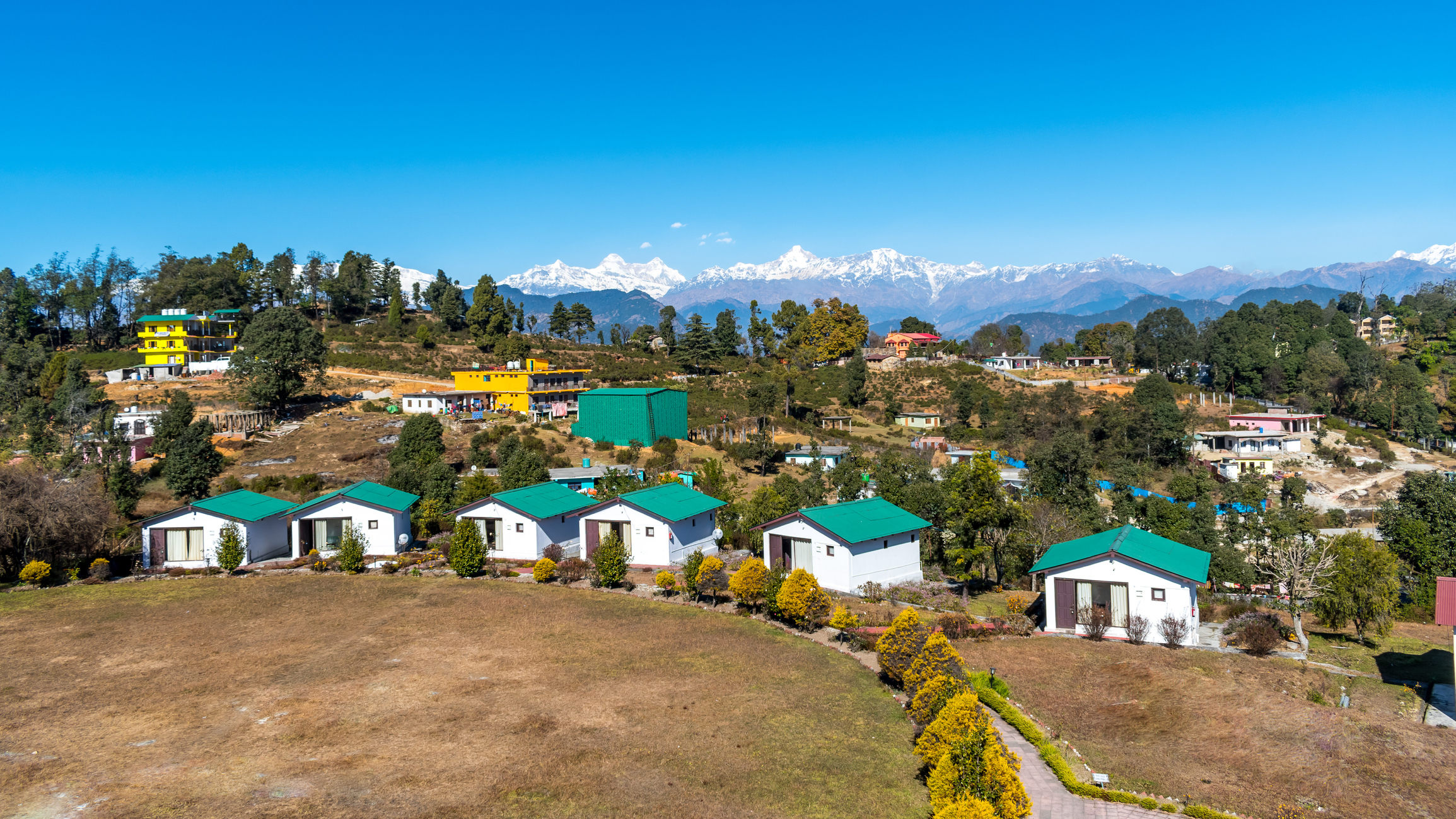Jageshwar
- Home
- Jageshwar
Jageshwar Overview
- Temperature: Summer (15°C to 30°C), Winter (0°C to 15°C)
- Altitude (in feets): 6, 135 ft.
- Located in: Almora, Uttarakhand
- Nearest City: Almora
- Best Time to Visit: Jan, Feb, Mar, Apr, May, Jun, Jul, Aug, Sep, Oct, Nov, Dec
- Nearest Railway Station: Kathgodam (approx. 105 kms)
- Nearest Airport: Pantnagar (approx. 140 kms)
- Main Attraction: Jageshwar Temple Complex, Dandeshwar Temple, Vridh Jageshwar, Sukhdev Rishi Ashram, Bagnath Temple, Maha Mrityunjaya Temple, Archaeological Museum.
Jageshwar: Where Spirituality Meets the Tranquil Himalayas
Counted among the 12 Jyotirlings in the country, Jageshwar lies in a beautiful narrow valley hedged by monarch-sized, ancient deodars. Of the over 100 small and large shrines of this complex, the three outstanding ones, in terms of sculpture, are dedicated of Jageshwar, Mrityunjaya and Pushtidevi.
Jageshwar temple has sculpted dwarpals standing guard at its entrance . Although the presiding deity at Jageshwar is Shiva a strong Buddhist influence is visible in the carvings. It is about 100 Kms. from Nainital.
INTRODUCTION
Jageshwar houses nearly 200 temples built in honor of Shiva Mahadev. Considered to represent one of the 12 Jyotirlingas in India, Jageshwar attracts thousands of devotees during Shivratri very year. They are very sacred centers for the worship of Shiva and are said to have tantric powers too. The town is situated about 34 km from Almora town, on the way to Pithoragarh and Naini. The place is marked for its peaceful environment and pious rendition. Embellished with the tall deciduous deodar trees and winding river Jata Ganga, which finds its way to the side of the temple complex. The continuous chain of snowcapped mountain ranges loom large over this beautiful temple site. Often, pious men from the Himalayas come down here to meditate. Many travelers are also tempted to sit down for some meditation in these portals of piety.
HISTORY
History tells that during the 4th and 5th centuries AD, when the Gupta emperors held sway, the Kumaon hills were being governed by an independent dynasty of Katyuri kings. They selected this site for building temples. The temples originally constructed during the Gupta period were renovated by the rulers of the Ghand dynasty in the 7th century AD. Numerous temples were constructed or restored during the Gurjara Pratihara era and also in the 15th and 16th centuries.
The Mahamrityunjaya temple seems to be the oldest of all the temples and dates back to the 8th century AD. The temples of Surya, Navagraha and Neelkantheshvara are of late Katyuri age. It is said that originally four hundred temples existed here, of which only about one hundred and eight have survived.
TOURISTS ATTRACTIONS
There is a gigantic temple structure known as Dandeshwar temple, dedicated to one of the aspects of Lord Shiva. The temple complex is charming and antiquated with fine samples of ancient iconography. Apart from an 18th-century icon of the dancing Shiva, there is a huge iron bell at the gateway of the temple. The bell forms an important link between the local deity known as Gollu Devta and Lord Shiva.
TRADITION –
Most of the shrines are dedicated to Shiva, who is addressed by diverse names. Jageshwara is only a version of Yogisvara (Lord of Yogis). There are other shrines with variegated names of Shiva like Dandeshavara, Nilakantheshvara, Mahamrityunjaya, etc. Other temples dedicated to Surya (the Sun God), Navadurga (nine manifestations of the goddess Durga), Kalika, Pushtidevi and Kubera are also present here. These shrines were built by professional builders by the name of Shivism. They belonged to the Lakulish sect. The Jyotirlinga at Jageshwar is visited by thousands of Shiva devotees who come to offer prayers during Shivratri.
ARCHITECTURE –
The temples belong to the simple Nagara style variety. There is a tall curvilinear spire shikhara, surmounted by an amalaka (capstone) and a kalasha crown. The square sanctum sanctorum has its entrance through a carved doorway. Most of the temples have the stone lingams. Impressive stone images are seen around the altar. Two ashtadhatu (an alloy of eight metals) images are outstanding. Particular mention may also be made of a highly impressive image of Ganesha. The Ekamukhalinga is one of the rarest specimens in northern India. There are two magnificent life-sized dwarapalas (door guardians) outside the Jagannath temple.
FAIRS & FESTIVALS
The famous Pooram Festival (April/May) is celebrated at the Vaddakkunnath Temple. There are nightlong fireworks and a magnificent elephant procession. Shivratri (in March/April) is also celebrated with great fanfare. During Onam, the harvest festival (August/September), the entire state wears a festive look. About 3 km uphill Jageshwar is a small temple called Vriddha Jageshwar. This temple is said to be the abode of Shiva, before he came down to Jageshwar. The fascinating aspect about Jageshwar and Vriddha Jageshwar is the unremitting peace they emanate. There are caves all along the countryside.
Nearby Places to Visit from Jageshwar
🌲 Vriddha Jageshwar
- Distance: ~3 km from Jageshwar Temple
- Description: Believed to be older than the main Jageshwar temples, Vriddha Jageshwar houses small shrines dedicated to Lord Shiva. Surrounded by dense forests, it offers a serene atmosphere for meditation and spiritual walks.
🛕 Kot Bhramari Temple
- Distance: ~5 km from Jageshwar
- Description: This Shakti Peeth is dedicated to Goddess Kot Bhramari, an incarnation of Durga. The temple attracts devotees, especially during Navratri, and is surrounded by scenic hills and valleys.
🏞️ Almora
- Distance: ~36 km from Jageshwar
- Description: Known as the cultural capital of Kumaon, Almora is famous for its panoramic Himalayan views, handicrafts, and local cuisine. Must-visit spots include Chitai Golu Devta Temple, Bright End Corner, and the Almora Bazaar.
🐾 Binsar Wildlife Sanctuary
- Distance: ~50 km from Jageshwar
- Description: A paradise for nature and wildlife lovers, Binsar is home to leopards, Himalayan black bears, and over 200 species of birds. Trekking trails offer stunning views of the Kumaon Himalayas.
🕉️ Patal Bhuvaneshwar Cave Temple
- Distance: ~60 km from Jageshwar
- Description: A mystical underground cave temple dedicated to Lord Shiva. The temple features natural rock formations representing gods and goddesses, making it a unique spiritual experience.
🌄 Ranikhet
- Distance: ~70 km from Jageshwar
- Description: A serene hill station with lush green meadows, golf courses, and colonial-era architecture. Ideal for trekking, nature walks, and peaceful retreats.
🍃 Kausani
- Distance: ~120 km from Jageshwar
- Description: Famous for panoramic views of Trisul, Nanda Devi, and Panchachuli peaks, Kausani is also known for tea gardens and the Anasakti Ashram of Mahatma Gandhi.
More Information..
By Flight: The nearest airport is situated at Pant Nagar.
By Train: The nearest railhead is Kathgodam which is around 125 kilometers from Binsar.
By Road: Jageshwar has motorable roads is well-connected to all the major cities of Uttarakhand. The distance from the nearest major town Almora is 35 kilometers and Nainital is 130 kilometers away.
Accordion Content
The nearest railway station, at Kathgodam, is 135 km away. Jageshwar is just 34 km by road from Almora. Many buses and taxis ply regularly. One can also come via Nainital, which is 100 km southwest of Jageshwar.Accordion Content
Accordion Content
Places to visit nearby..
- Quality4.77
- Location4.7
- Amenities4.57
- Services4.8
- Price4.6
Chardham Yatra Ex Delhi ( 11N -12D)
Locate on Map..
Send an Enquiry!
Send Enquiry !
last minute deals
Kedarnath Yatra 2024
Tour Theme
Recent posts
Our Facebook page
Tour Packages
- Quality4.77
- Location4.7
- Amenities4.57
- Services4.8
- Price4.6
Chardham Yatra Ex Delhi ( 11N -12D)
Featured Tour Packages
- Quality4.77
- Location4.7
- Amenities4.57
- Services4.8
- Price4.6

